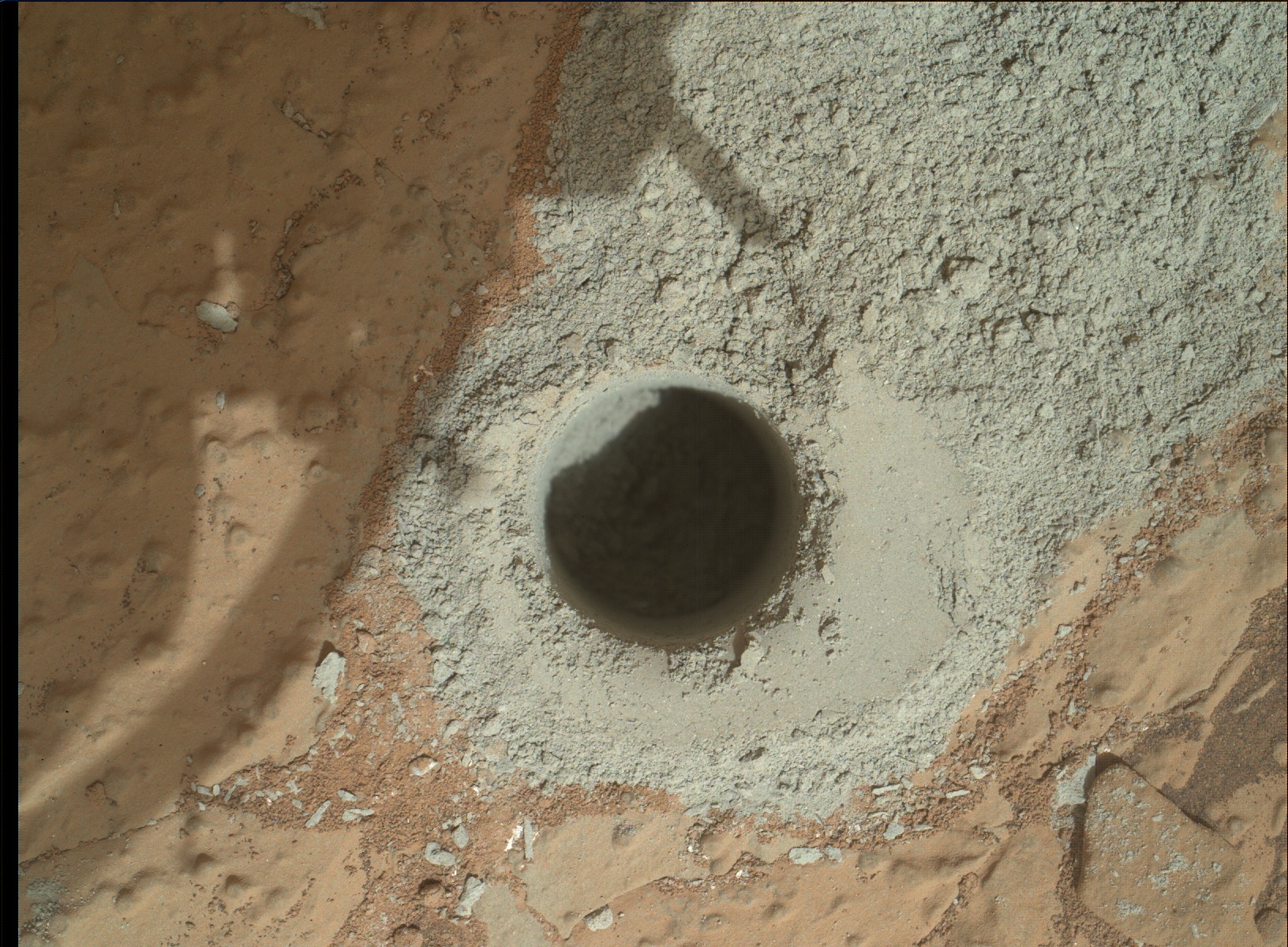 |
| Radiation Assessment Detector on Earth. The instrument can detect high energy particles which reach the Martian surface from various sources including the sun. (Commons) |
-- Donald M. Hassler, RAD principal investigator and program director, Southwest Research Institute, San AntonioAs usual, you can listen in to the press conference tomorrow starting from 1830 GMT on JPL's ustream channel or from NASA audio.
-- Cary Zeitlin, principal scientist, Southwest Research Institute
-- Eddie Semones, spaceflight radiation health officer, NASA's Johnson Space Center, Houston
-- Chris Moore, deputy director of advanced exploration systems, NASA Headquarters, Washington
Meanwhile on Mars, Curiosity has fed samples into the analysis instruments SAM and CheMin from the recently drilled rock dubbed Cumberland. We shouldn't expect anything new (though there may be yet another surprise of a discovery) because the rock is more or less similar to the previous drilling target. If anything, this one will help improve the previous measurements of the other rock, hence the similarity of targets is by design.


